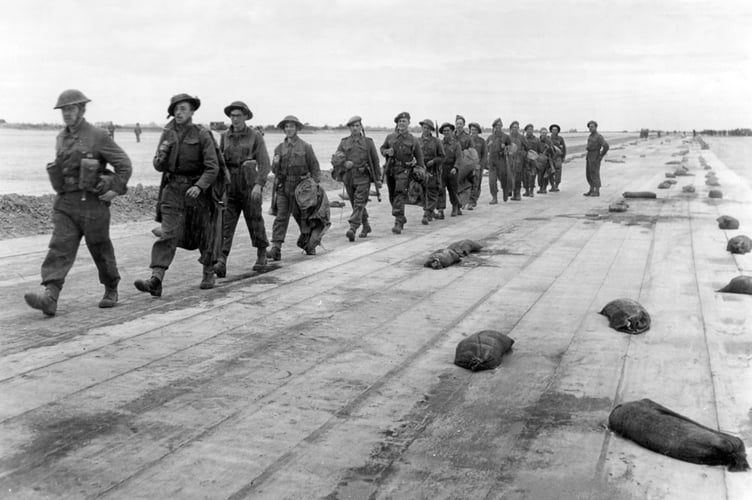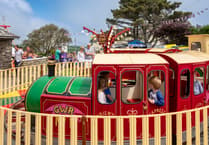TO mark the 80th anniversary of the Normandy landings on Thursday, June 6, I wanted to take this opportunity to commemorate those who served in the Armed Forces in the lead up, during and in the aftermath of D-Day.


The Allied landings were a turning point in world history.
The RAF, along with their USAAF colleagues, had been preparing for the invasion for months, attacking German airfields, disrupting supply lines and their attacks on radar sites made large parts of the channel “invisible”.


As the invasion fleet sailed under the protective fighter aircraft umbrella, the first Allied troops to land on D-Day were being carried in gliders towed by RAF tug aircraft.
More than 8,000 RAF personnel took part with more than 5,000 aircraft involved, including the many squadrons who protected the invasion fleet from German submarine attack.
Following the end of the war, life was difficult for many, especially for those that were wounded and for the families of those who lost their lives.

The RAF Benevolent Fund has provided support for thousands of Second World War RAF veterans and their families, from financial assistance to housing adaptations, including support to Aircraftswoman Rose Davies who was a radar operator supporting the landings.
Rose, before her passing earlier this year aged 107, received regular assistance from us which helped her live with dignity and financial security.
From D-Day to today, the RAF Benevolent Fund remains by the side of the RAF providing life-changing support for those who serve, have served, and their families.

Last year, we supported more than 42,000 veterans of all ages, families and those in uniform who keep us safe day after day. We can only provide our life changing support with the help of our friends and partners, relying on vital donations from our supporters.
Together we make a difference. For more information and to donate, visit: rafbf.org/donate.
Air Vice-Marshal Chris Elliot
Controller
RAF Benevolent Fund




Comments
This article has no comments yet. Be the first to leave a comment.